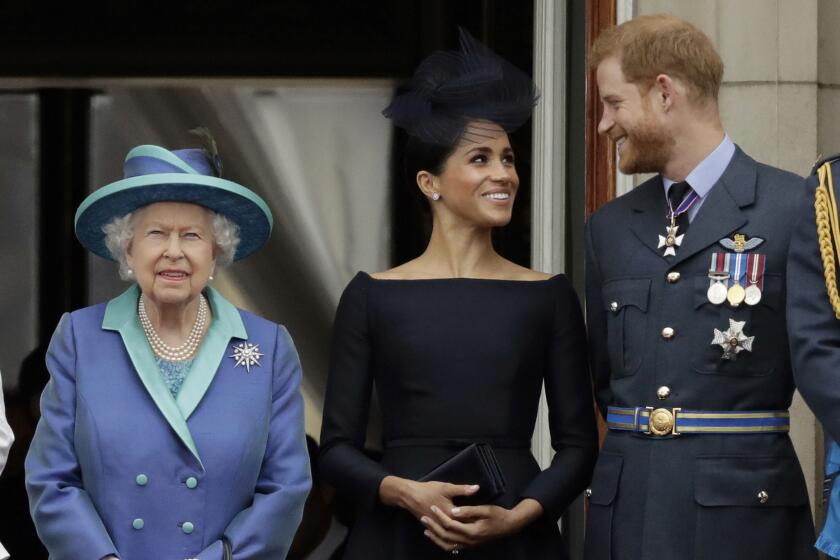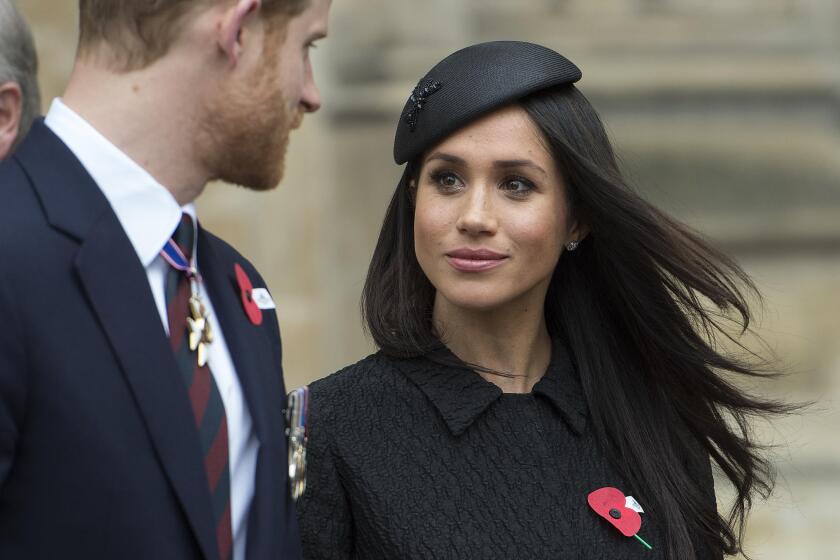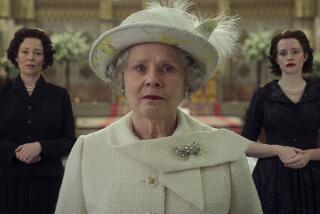Review: Tina Brown’s prescription for the royals: Never mind Meghan, don’t ever change
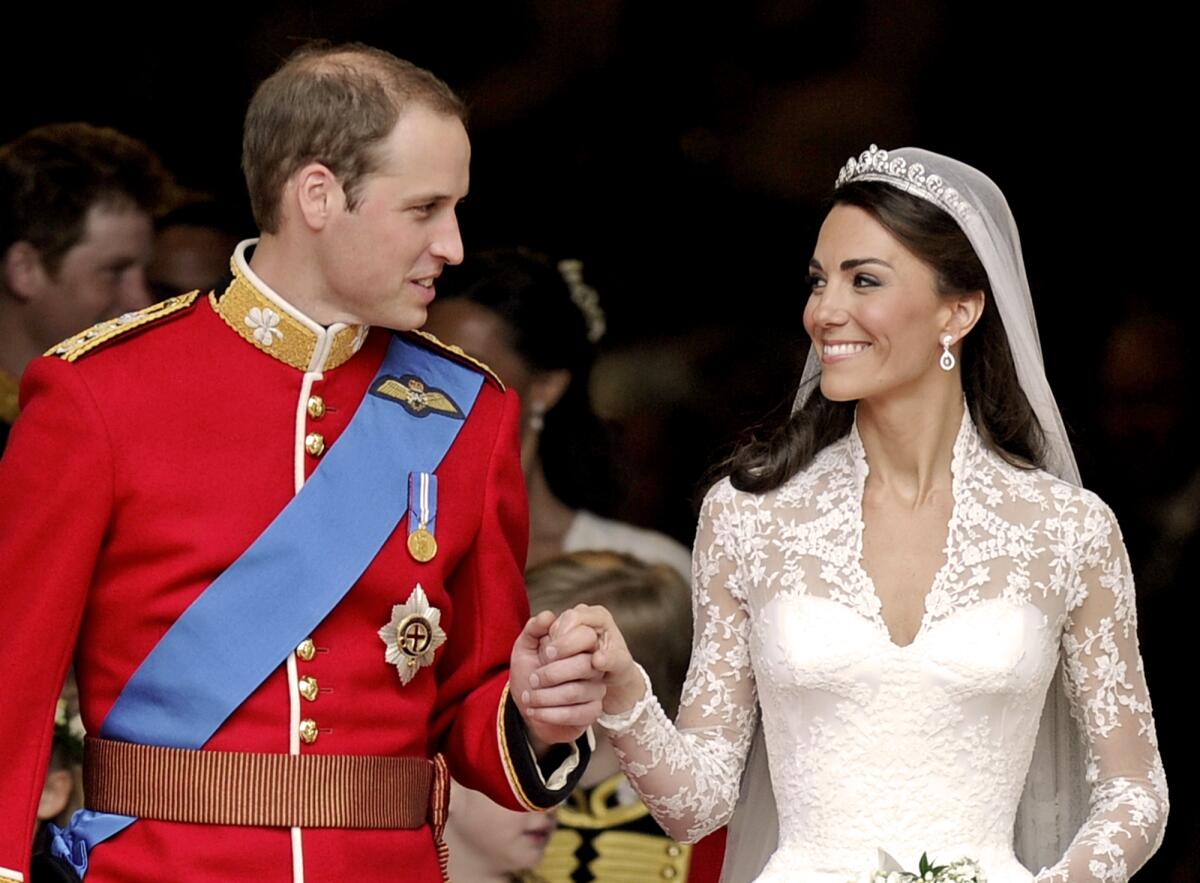
- Share via
On the Shelf
'The Palace Papers'
By Tina Brown
Crown: 592 pages, $35
If you buy books linked on our site, The Times may earn a commission from Bookshop.org, whose fees support independent bookstores.
The story of Britain’s royal family, in the hands of Tina Brown, is a sort of high-spirited tragedy. As its sprawling sloth and dwindling defensibility make it more vulnerable to tides of public feeling, the House of Windsor seems doomed to repeat its errors until it either unravels or assumes a new form. The tension between the dynastic demands of the crown and the mortal foibles of those charged with its survival does no one any good — royal noses are ever bloody. “Can the monarchy survive?” asks the back cover of Brown’s fifth book, “The Palace Papers.”
Brown’s bestselling “The Diana Chronicles” was an empathetic but unsentimental biography that subjected the Firm to a forensic examination of its limitations. Now, in the year of Queen Elizabeth II’s platinum jubilee, its sequel, subtitled “Inside the House of Windsor — the Truth and the Turmoil,” delivers an updated prognosis.

Things don’t look good.
Although the queen, 96, occupies a position of near-invincible high esteem, there is, per Brown, a “low-grade fever” of uncertainty about what will happen once “London Bridge is down” (the code words expected to be uttered upon her death). Recent scandals, including allegations of racism in the royal family and the revelation of ties between “coroneted sleaze machine” Prince Andrew and serial sex offender Jeffrey Epstein, raise urgent questions about the monarchy’s viability in the 21st century.
New and resurfaced claims uncovered by Brown are sure to fan the media firestorm: “resentments greater than is widely known” between Princes William and Harry; Prince Andrew snubbing his hosts to watch porn for two days on a private trip to Palm Springs; Harry calling his future father-in-law, in the hospital after a second heart attack, to berate him over his media-management style.
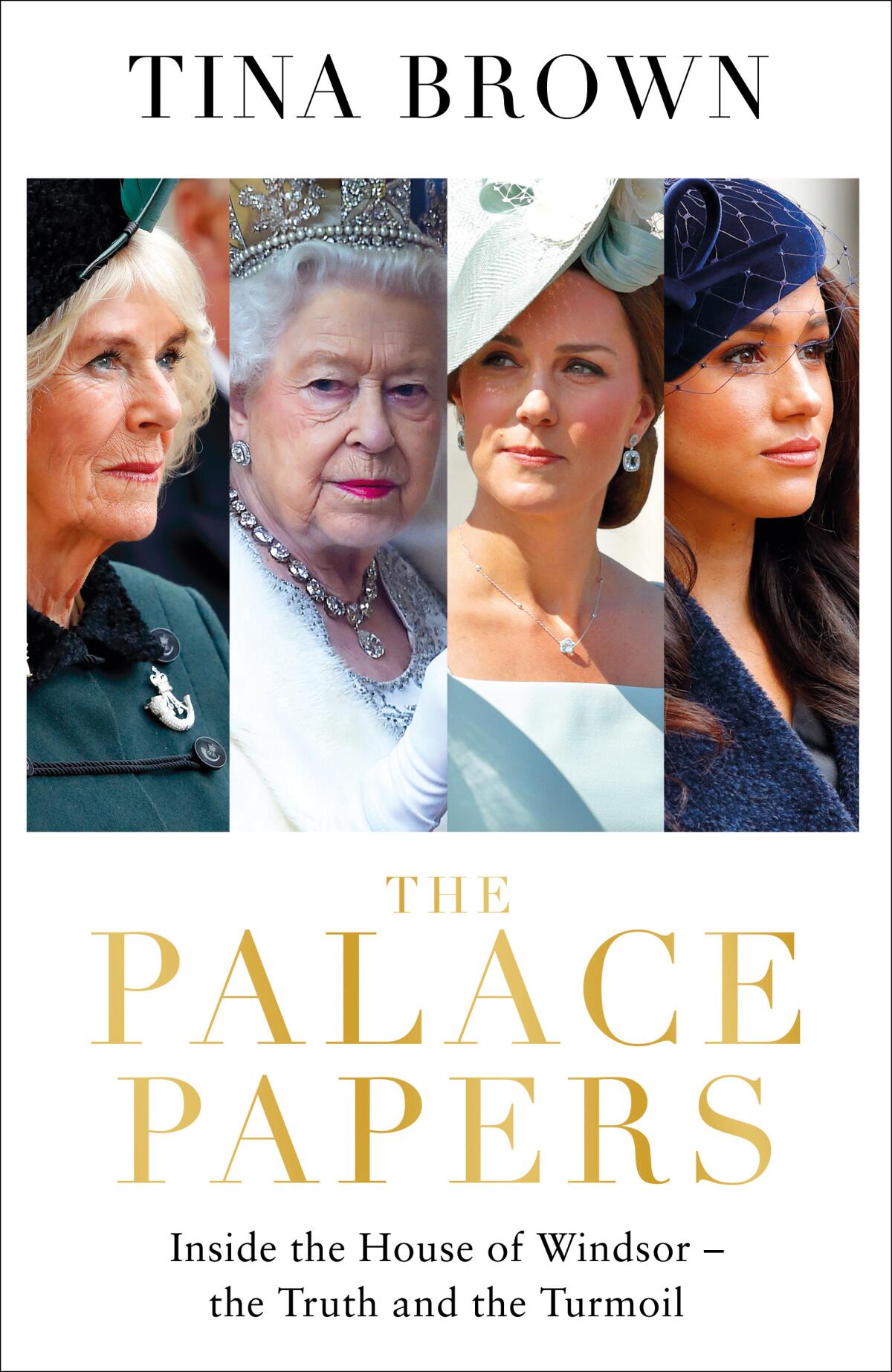
“The Palace Papers” depicts a crown single-minded in its survival drive, with the queen its ruthless instrument. Her determination to avoid a second Diana-like strike on her authority and credibility underpins every major maneuver of the last quarter-century. As of now, Prince Andrew and the California-based Sussexes, whose recent actions have all represented potentially existential threats to the monarchy, have been largely frozen out, while the family members who have thrived in “the Windsor fishbowl” are those most closely aligned with its safe passage.
Brown’s admiration for the people in this latter category, notably Catherine, Duchess of Cambridge, is rooted in their temperaments rather than their ancestry. Diana, though of noble birth, had been too volatile, too big for the brand. “What a pity that the Queen,” Brown writes, “so gifted at reading the bloodlines of horses, misread so profoundly the Spencers’ suitability to join with royal stock.”
The mistake would not be repeated when Prince William married Kate Middleton. Though some questioned “whether a girl of such unexalted origins could ever successfully evolve into a future queen,” Brown writes, “[n]ow the only question is how the House of Windsor could survive without her.” She has become, in the last decade, “a savvy dynastic strategist who wholeheartedly buys into both the monarchy’s mission of duty and its priority of survival.”
Harry and Meghan’s rift with royal family spotlights generational divide over monarchy’s role.
Of course, the monarchy’s survival is in the interests of not just the Windsors and their more loyal subjects but also the media. It’s unsurprising, then, that Brown’s position should seem instinctively conservative. Palace politics has been one of her beats since she resuscitated Tatler in the ’80s; Diana was a subject of major scrutiny when she edited Vanity Fair. Brown is part of the palace-press industrial complex.
That’s not to say she pulls her punches: Brown is notably (and rightfully) pugnacious in chapters on Prince Andrew, the “Duke of Hazard,” and completely undazzled by the idea of royal life — “like being a battery hen in the Waldorf Astoria.” Nevertheless, there’s no republican fervor animating her prose, no questioning that success for the royal family will come through continuity rather than upheaval.
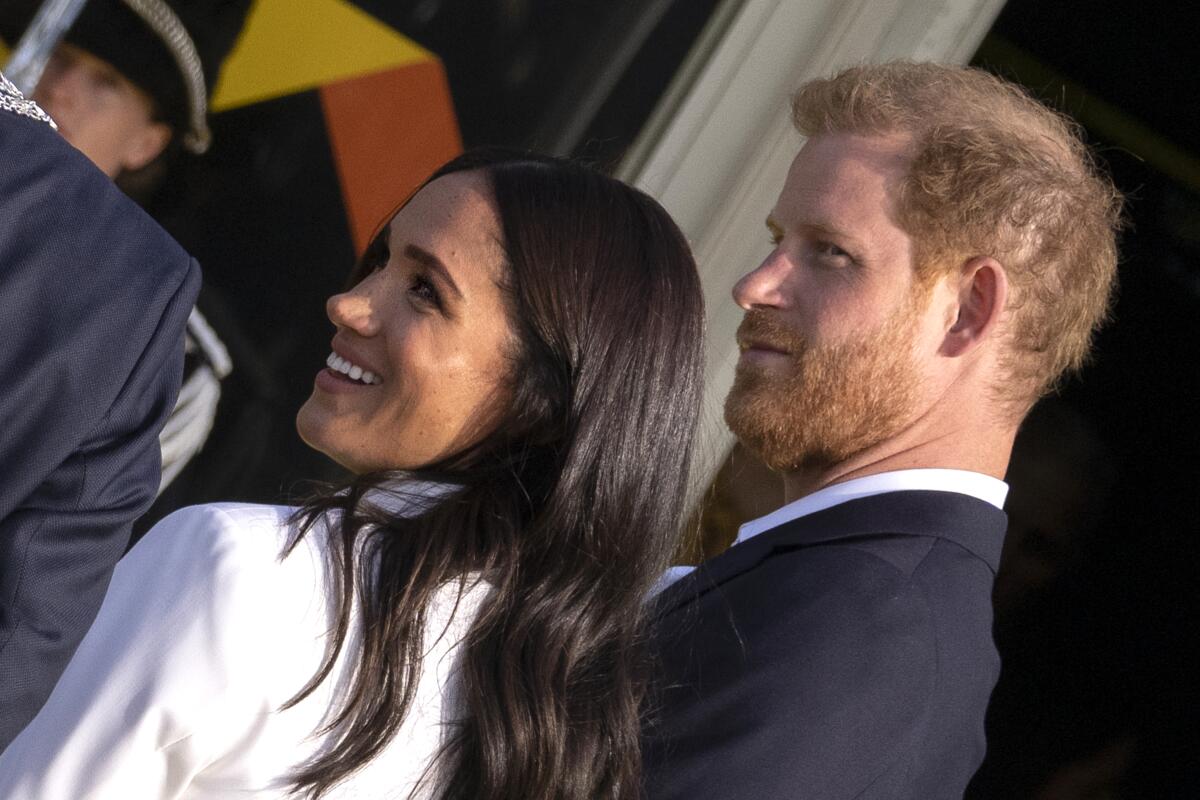
This is perhaps why the reforming Meghan Markle, a Hollywood outsider uncharmed by the Windsor way, receives such opprobrium. As Brown accurately observes, in the wake of the “ballyhooed” Oprah Winfrey special in 2021, “the younger generation was ardently on Team Meghan for saving her sweet, sexy husband from his crusty, clueless relations.”
Brown is not on Team Meghan. In her portrayal, Markle is a ruthless social climber, a maker of “strategic besties” whose wedding guest list was “a portrait not of Meghan’s intimate circle but of the friends she most wanted to recruit.” Brown is sharply, unfairly skeptical of Meghan’s complaints to Oprah about the prison of royal life: “Even in London, it’s possible to disappear. Isn’t that what the private dining rooms at Soho House are for?” In one of the book’s harsher analogies, she compares the Sussexes’ decision to step back as senior working royals to the military withdrawal from Afghanistan — “a necessary end executed with maximum chaos.”
There’s a lot to unpack from Prince Harry and Meghan’s interview with Oprah Winfrey, which re-airs Friday. Catch up with all of our related coverage.
The message for Meghan is clear: “Celebrities flare and burn out. The monarchy plays the long game.” So too, it seems, does the establishment commentariat.
Still, Brown is a deft and wily royal chronicler, marshaling a heavy arsenal of details into a wickedly edible narrative. Her cynical eye and free indirect narrative sustain and synthesize a range of viewpoints, and she’s retained the editor’s knack for devastating capsule descriptions: “Princess Michael of Kent, the Silesian interloper and former interior designer”; “alligator-faced despot Robert Mugabe”; Prince Andrew, a “divorced horndog eternally on the hunt.” There are some juicy new bits, not least the sinister moment when Epstein sneaks vaporously into the offices of the Daily Beast to threaten Brown over the publication of stories about him.
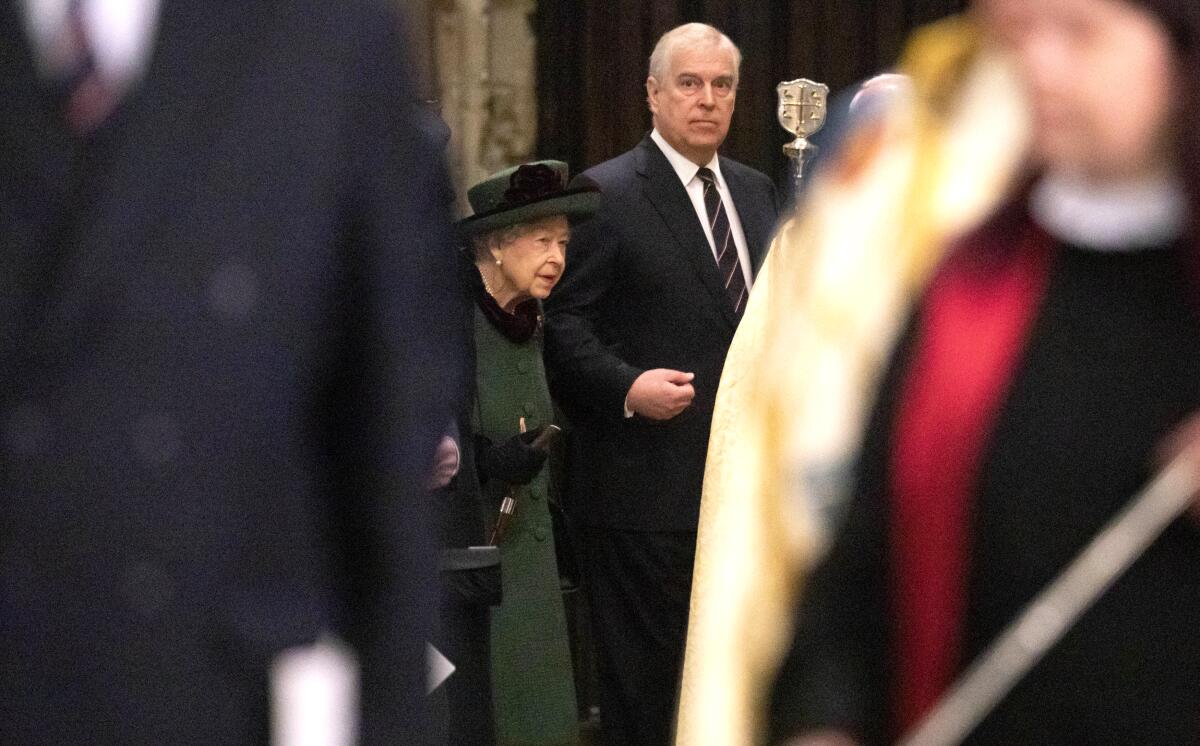
On balance, though, the snappy title, which riffs on other notorious papers (Pentagon, Panama, Paradise), insinuates an intensity and frisson this chunky volume doesn’t quite earn. Royal watchers won’t be much fazed by the new material, and all the “I am told”s in the world can’t match the thrill of a devastating on-the-record scoop. With its large, ensemble cast, the book lacks the focus that made “The Diana Chronicles” so satisfying; it also lacks historical distance. This story has no meaningful end — not yet.
The next act in the Windsor tragedy will bring with it seismic change. While “The Palace Papers” doesn’t necessarily offer fresh insights into how the crown — or the country — will cope, it is nevertheless an excellent primer for the unpredictable years ahead. The season finale awaits.
A guide to the literary geography of Los Angeles: A comprehensive bookstore map, writers’ meetups, place histories, an author survey, essays and more.
Arrowsmith is based in New York and writes about books, films and music.
More to Read
Sign up for our Book Club newsletter
Get the latest news, events and more from the Los Angeles Times Book Club, and help us get L.A. reading and talking.
You may occasionally receive promotional content from the Los Angeles Times.
